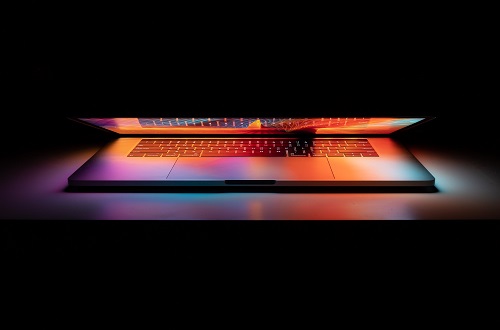MacBook is one of the best computers ever made with its reliable macOS operating system. Like any other machine-made, your Mac will encounter issues from time to time that need to be fixed. Sometimes your MacBook will simply slow down, or apps won’t load, leaving you deliberating on what could be wrong.
Before you spend hundreds of dollars on a technician or decide to junk your pricey Mac altogether, we have gathered solutions to the most common problems that may arise from time to time.

MacBook keeps shutting down
The first thing to do is check the battery level and whether the charger is connected. If the battery is okay and the charger is connected, but the shutdown keeps happening, this may be indicating a different kind of problem. Cold reboot the Mac to restart the macOS operating system.
You should further restart your MacBook to allow the operating system to perform a healthy shutdown and restart. You can also try resetting the SMC to fix hardware components like battery charging.
Mac random shutdown may also be fixed by performing a system update. There is less likelihood of the Mac shutting down if the macOS is up to date. Check for any pending upgrades on the Apple menu under software updates. If the problems persist, you should take your MacBook to the Apple store for fixing, and if the warranty allows you, it can be replaced.
Spinning beach ball
You will have a hard time using your Mac if a spinning beach ball becomes too insistent. If this happens, then it is time to look at what is the cause of this trouble. To avoid this problem, you will need to free up system resources, including closing idle background apps or decluttering the desktop.
Open the Activity Monitor to see how much of an impact the apps currently running are affecting the Mac system. Force Quit on apps that are taking more memory than they should. Ensure you also check out for any malware or cybersecurity issues because they get the spinning beach ball out of control.
MacBook doesn’t turn on
You should first determine if your Mac can’t turn on or can’t start because they are two different things. If the Mac doesn’t seem to turn on when you press the power button, try to connect the charger and try turning it on again. Also, disconnect all devices and accessories attached to the MacBook because it could be one of the peripherals causing the problem.
If the problem continues, perform a Power Circle. Press and hold the power button for at least 10 seconds for a cold shutdown if your Mac was still on. Hopefully, it will restart again. Other solutions include rule out your display, repair your Mac in recovery mode, restart Mac in safe mode, reset Mac’s NVRAM, or get a new macOS.
Apps not responding
Sometimes apps become unresponsive, tripping up your Mac and hanging. This can be frustrating because the apps suddenly freeze and you can’t do anything. Restarting your Mac device should be the first quick solution to get your apps running.
If apps don’t respond and you are having trouble quitting, use Force Quit to close the app. Press the option, command, and Esq (Escape) keys or choose Force Quit from the Apple menu located in the upper left corner of the screen. Select the app in the Force Quit window and click Force Quit.
The trouble with internet connection
Most MacBook users rely on wireless internet connection and this sometimes is challenging if the connection is poor or the Mac just freaks out and fails to connect to the internet. The quickest fix to internet trouble is to simply forget the network and try to reconnect again to the network. You can also reboot your Mac and the connection will be back running efficiently.
Sometimes Internet connection may not be great in certain areas of the office or house. In this case, you should consider an Ethernet cable for such locations.
External hard drive not connecting
Confirm if the device works well by connecting it to other computers just to make sure your Mac is not the problem. When you narrow down the problem to the Mac, ensure the external hard drive is properly inserted into the right port and the USB cable and the port are not damaged.
You should also reboot the Mac as a preliminary solution and the external drive should be connected. If all the steps don’t work, then it’s time to take your Mac to the store for replacement if the warranty allows.
Conclusion
These tips will help you solve some of the most common problems that occur with Macs. If these solutions don’t work, call Apple Support or make an appointment with your local Apple store for help or replacement.
